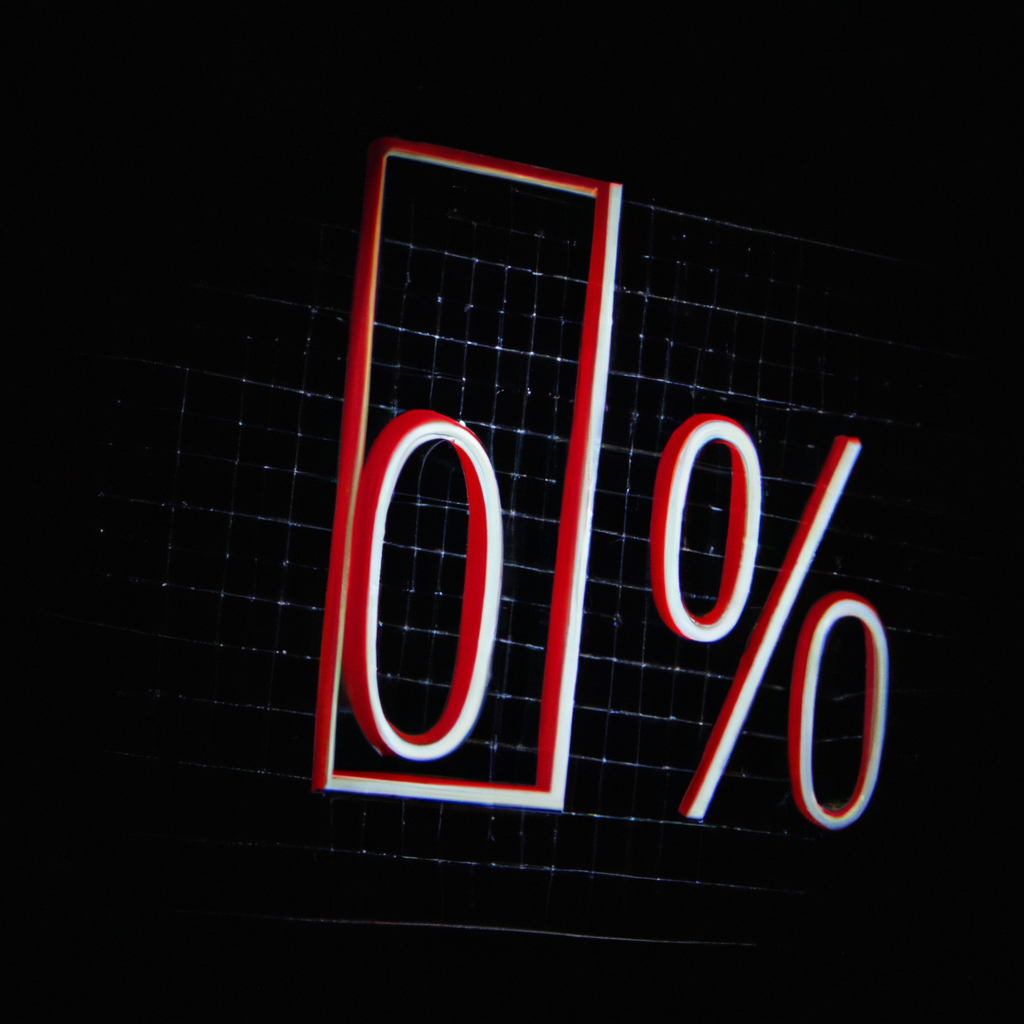Fibonacci Retracement Levels: A Powerful Tool for Traders
Introduction
When it comes to technical analysis in the financial markets, traders often rely on various tools and indicators to identify potential price levels and patterns. One such tool that has gained popularity among traders is the Fibonacci retracement levels. Derived from the famous Fibonacci sequence, these levels offer valuable insights into potential support and resistance levels in a market.
Understanding Fibonacci Retracement Levels
Fibonacci retracement levels are horizontal lines that indicate potential areas of support or resistance during a price correction in a financial instrument’s trend. These levels are derived from ratios found within the Fibonacci sequence, a mathematical pattern discovered by the Italian mathematician Leonardo Fibonacci in the 13th century.
Calculating Fibonacci Retracement Levels
To calculate Fibonacci retracement levels, traders need to identify a significant swing high and swing low in a price chart. The swing high represents the peak of an uptrend, while the swing low represents the trough of a downtrend. Once these points are identified, traders can apply the Fibonacci ratios to determine potential retracement levels.
Common Fibonacci Retracement Levels
There are four key Fibonacci retracement levels that traders commonly use:
- 23.6%: This level is not a Fibonacci number but is included due to its popularity. It represents a shallow retracement level often seen in strong trends.
- 38.2%: This level is derived from dividing a number in the Fibonacci sequence by the number two places to the right.
- 50%: Although not a Fibonacci number, this level is included due to its significance as a psychological level.
- 61.8%: Also known as the “golden ratio,” this level is derived from dividing a number in the Fibonacci sequence by the number one place to the right.
Applying Fibonacci Retracement Levels in Trading
Traders use Fibonacci retracement levels to identify potential areas of support or resistance where they can enter or exit trades. When a financial instrument’s price retraces to one of these levels, it often indicates a temporary pause in the prevailing trend before it resumes.
For example, if a stock is in an uptrend and retraces to the 38.2% Fibonacci level, traders might consider this as a potential buying opportunity, expecting the price to bounce back up from that level. Conversely, if a stock is in a downtrend and retraces to the 61.8% Fibonacci level, traders might consider this as a potential selling opportunity, expecting the price to reverse and continue its downtrend.
Limitations of Fibonacci Retracement Levels
While Fibonacci retracement levels can be a valuable tool for traders, it is important to note that they are not foolproof. Markets can be influenced by various factors, and price movements may not always adhere to Fibonacci ratios. Therefore, it is crucial to use Fibonacci retracement levels in conjunction with other technical indicators and analysis tools to make well-informed trading decisions.
Conclusion
Fibonacci retracement levels provide traders with a visual representation of potential support and resistance levels based on the Fibonacci sequence. By identifying these levels, traders can make more informed trading decisions and improve their chances of success in the financial markets. However, it is essential to remember that no single tool or indicator guarantees profits in trading. A comprehensive approach that combines multiple analysis techniques is key to achieving consistent results.

